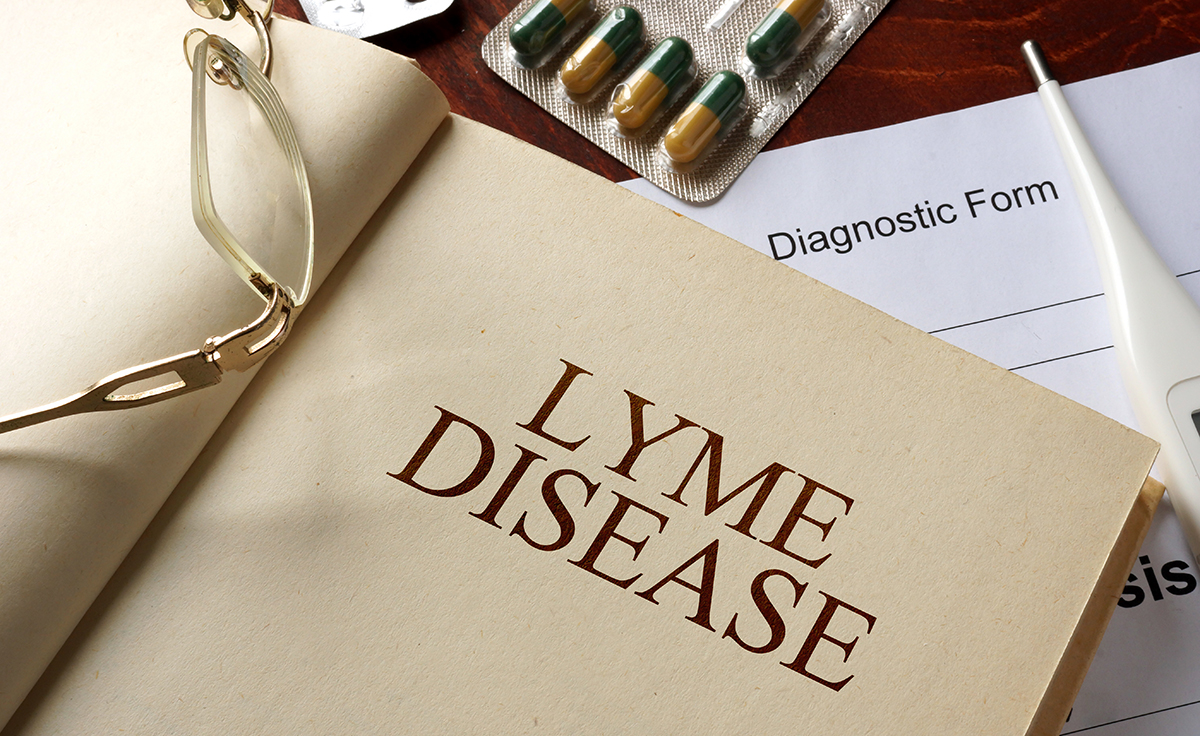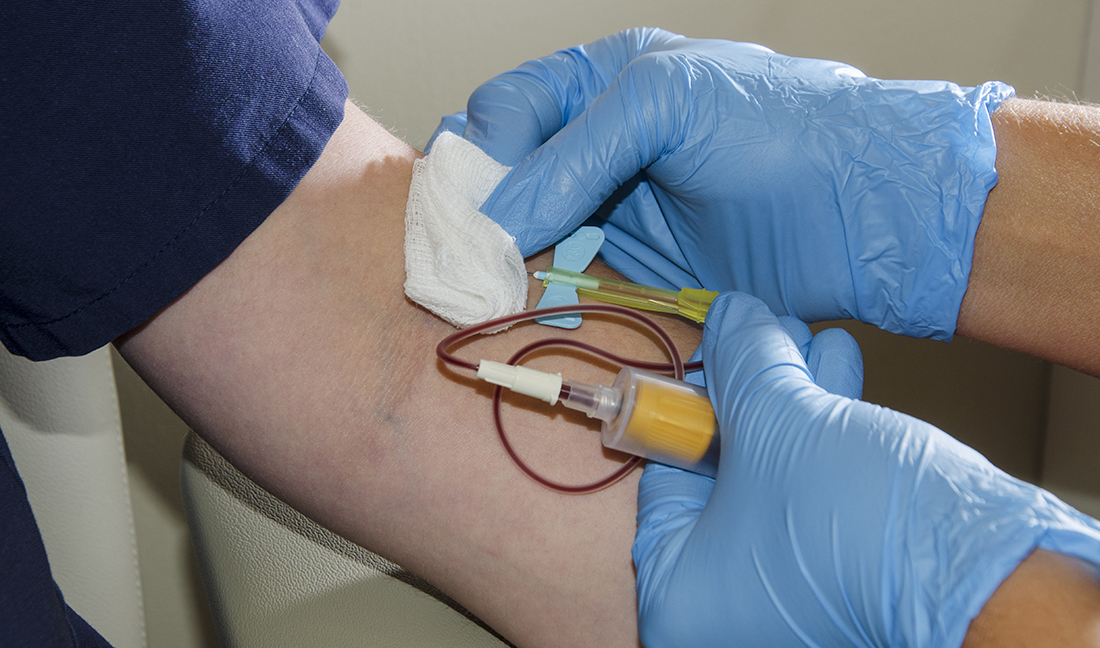JAMA review ignores chronic manifestations of Lyme disease
A review published in the Journal of the American Medical Association (JAMA) examines the efficacy of treatment for Lyme disease, anaplasmosis and babesiosis. [1] After a search yielded more than 4,000 articles, the authors reviewed 361 studies and concluded that a 7- to 14-day course of antibiotics is sufficient in treating early neurologic Lyme disease, as well as certain cases of babesiosis. [1] Unfortunately, the reviewers based their findings on a select group of articles, excluding findings demonstrating chronic manifestations of the disease.
Retraction: Still no evidence that deer flies or deer keds transmit B. burgdorferi or A. phagocytophilum
My friends in the field of entomology have been kind enough to point out the flaws in a recent All Things Lyme blog. The blog discussed the article “Detection of Lyme disease and anaplasmosis pathogens via PCR in Pennsylvania deer ked,” published in the December 2016 issue of the Journal of Vector Ecology.
Don’t dismiss the poor quality of life for individuals with Lyme disease
A study sponsored by the National Institutes of Health (NIH) evaluated the quality of life (QOL) for Lyme disease patients with persistent symptoms and reported that "the only factors significantly associated with long-term symptoms or lower QOL scores were other comorbidities unrelated to Lyme disease." However, upon closer review, the sampling of participants appears skewed, which calls into question the study's accuracy.
Tick-borne co-infections are the norm, not the exception
It has been nearly 40 years since Lyme disease was first identified in a small town in Connecticut. At that time, it was the only tick-borne illness recognized by clinicians. And its symptoms were relatively mild compared to what patients are experiencing today. But over the past two decades, the number of disease-causing agents carried by ticks and the severity of illness that can result has led to calls for more aggressive tick bite prevention efforts and research of co-infections.
What might sudden cardiac death due to Lyme disease look like?
"Although rare, sudden cardiac death caused by Lyme disease might be an under-recognized entity," according to researchers who describe their findings from an autopsy study on 5 case patients who died from sudden cardiac death and were found post mortem to have Lyme carditis. The cases are discussed in an article entitled Cardiac Tropism of Borrelia burgdorferi: An Autopsy Study of Sudden Cardiac Death Associated with Lyme Carditis, published in The American Journal of Pathology.
Level with Lyme disease patients, at least 1 in 3 can fail treatment
Many individuals with Lyme disease are reassured that the standard 21- to 30-day course of antibiotic therapy is unquestionably an effective treatment in eliminating the infection and that any lingering symptoms are not due to the disease. However, such a broad-based, generalized message only does harm to patients, giving them a false sense of security about a disease that is leaving thousands of individuals chronically ill.
Probiotics can be priceless in preventing Clostridium difficile-associated diarrhea
A recent study examined the effectiveness of probiotics in warding off Clostridium difficile-associated diarrhea (CDAD) in both children and adults. Clostridium difficile infection (CDI) is the leading cause of antibiotic-associated diarrhea, and the number of cases and its level of severity have increased over the past decade, making it a growing healthcare concern.
How Lyme myocarditis might present in an adolescent patient
An adolescent girl is admitted to the emergency room with a new onset of chest and abdominal pains. After treatment is initiated, she develops a heart block. Tests for Lyme disease return positive and she is diagnosed with Lyme disease-associated myocarditis.
Doxycycline not to blame for acute pancreatitis
A recent study examined a probable case of oral doxycycline inducing pancreatitis in a patient initially treated for Lyme disease. However, there have been only two documented cases of doxycycline causing acute pancreatitis. The authors case report of acute pancreatitis was caused by diabetic ketoacidosis.
No commercial diagnostic tests available for emerging tick-borne diseases
An ever increasing number of tick-borne diseases are emerging that pose a serious threat to public health, and yet there are no diagnostic tests commercially available to most physicians. Patients with these complex diseases are identified only through tests performed by research laboratories. Individuals who are not accurately diagnosed can develop chronic illnesses.












